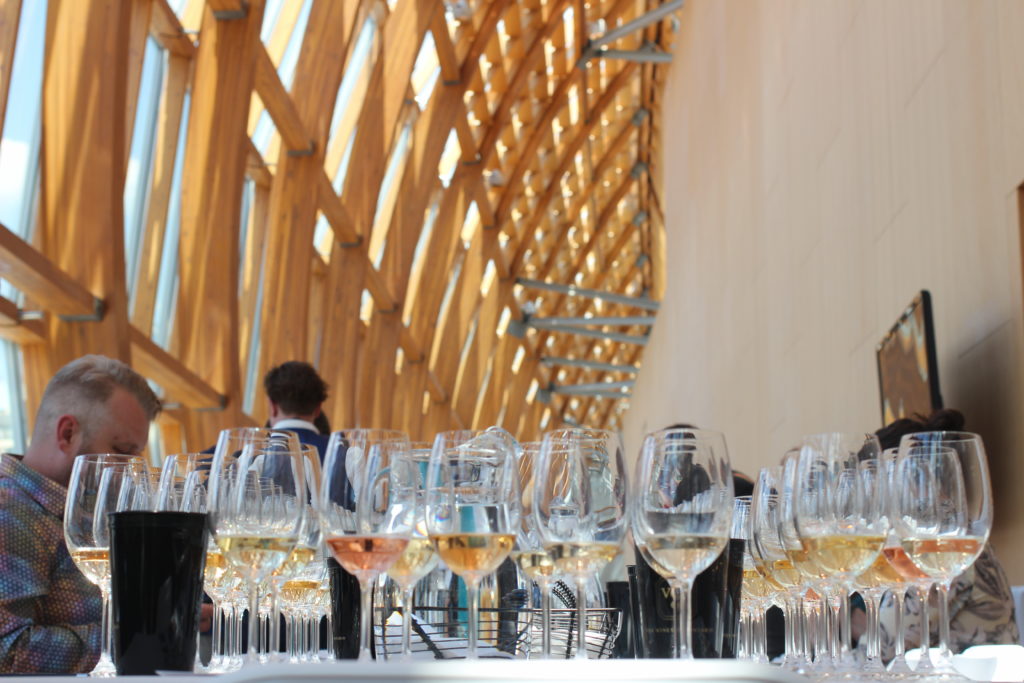 Thanks to latitudes equivalent to parts of Europe and climates in wine producing regions moderated by lakes, oceans and mountain ranges, Canada is just as suited to producing sparkling wine as it is to ice wine, according to Master of Wine Eugene Mlynczyk who hosted a session on Canadian bubbles at the Toronto Terroir Symposium back in May 2017.
Thanks to latitudes equivalent to parts of Europe and climates in wine producing regions moderated by lakes, oceans and mountain ranges, Canada is just as suited to producing sparkling wine as it is to ice wine, according to Master of Wine Eugene Mlynczyk who hosted a session on Canadian bubbles at the Toronto Terroir Symposium back in May 2017.
Yes, that was forever ago, so the industry has grown a lot even since then. In fact, Bon Appetit magazine just ran an article about a natural wine producer making an awesome pet nat in Vermont. So the cat’s out of the bag that the Northeastern US is making inroads in sparkling, too.
But let’s hop back north of the border. Canada has three main sparkling wine regions: the British Columbia in the west (specifically the Okanagan Valley), Nova Scotia in the east and Ontario in the middle (both Niagara and Prince Edward County). According to winemaker Jonas Newman of Hinterland Winery, the forerunners even back in 2017 in Ontario’s Prince Edward County were Huff Winery and The Grange.
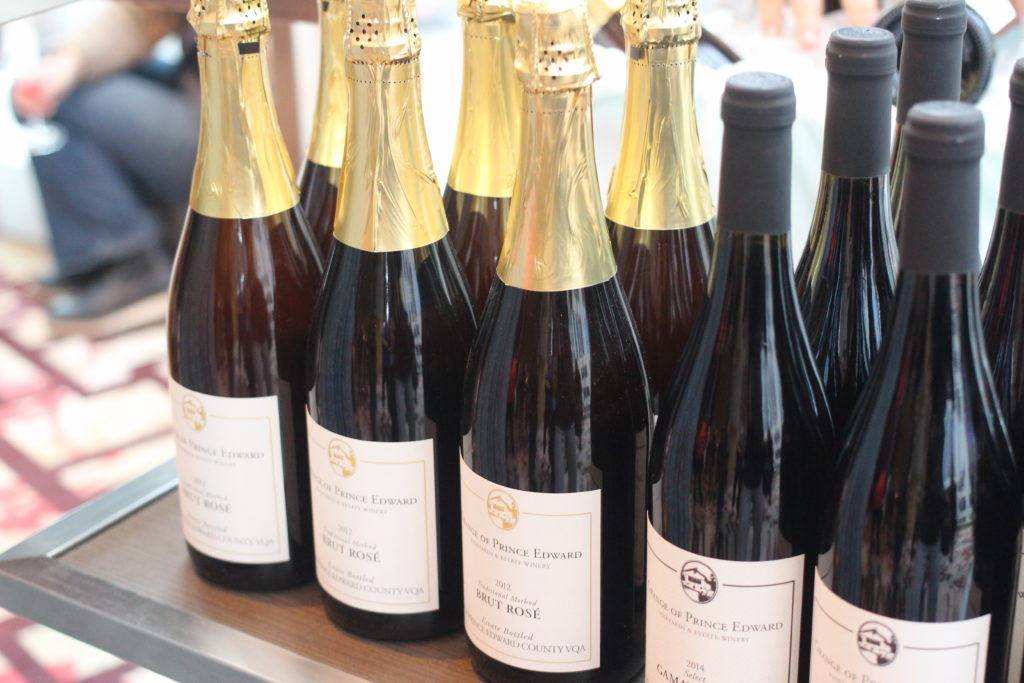
Newman himself learned to make sparkling further south in Niagara at 13th Street Winery. “Quite a few others are starting to realize the potential,” he said. In fact, between 2004 and 2015, production of sparkling wine in Ontario doubled. And now, about 10 of the 20 or so wineries in the easterly province of Nova Scotia are producing sparkling.
“Harsh growing conditions and super shallow soils keep our yields low, something I think is overlooked when talking about grapes grown for bubbles,” said Newman.
But are wineries simply responding to an increased demand for low-cost bubbly or are the wines actually well-made? After tasting great Champagnes, quality Cava and impressive Crémant, Hinterland and other top Canadian wineries know what it takes to be great, said Newman. “I’m not saying that we’re there yet, but we’ve tasted enough to have a benchmark.”
To serve different markets with different tastes and price points, Canadian wineries use a range of techniques for producing sparkling wine and vary their types of grapes. Chardonnay and Pinot Noir are the most popular varietals used across the country for sparkling wine, but producers are investigating other varieties, said Ph.D. Viticulture and Oenology Belinda Kemp of Brock University’s Cool Climate Oenology and Viticulture Institute (CCOVI). “Our work includes the current study investigating grape variety and clones and the effect of soil type on the finished sparkling wines. Canada has different climates in each province, so it’s challenging for every province to grow the same variety for sparkling wine production,” she said.
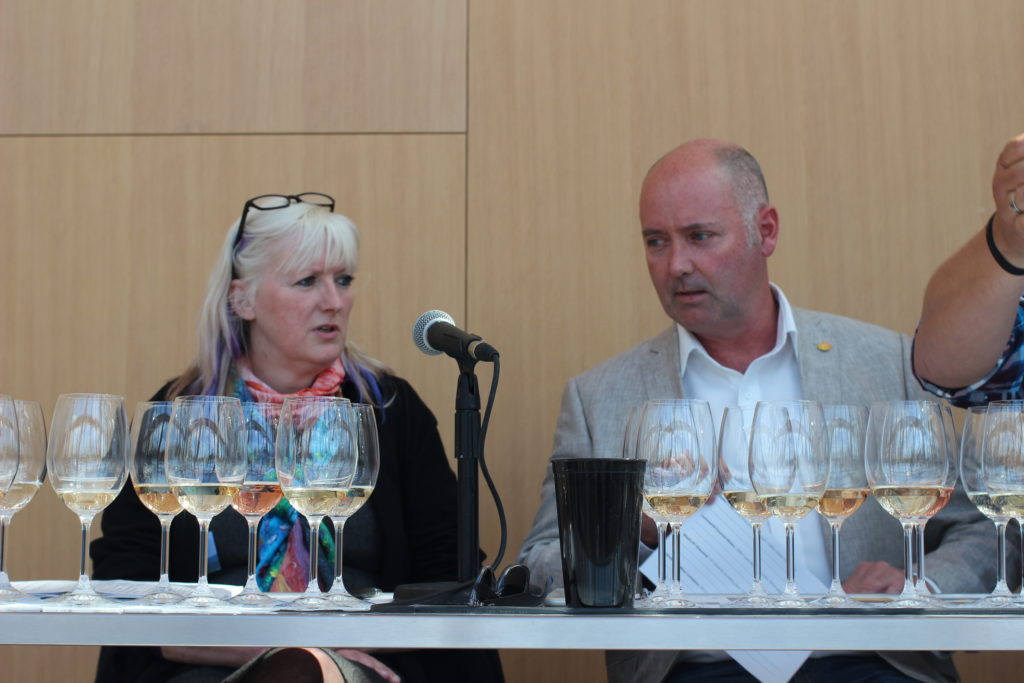 Belinda Kemp, left, discusses the state of the Canadian sparkling wine industry at Terroir 2017’s wine tasting panel “Explosion of Canadian Fizz”[/caption]
Belinda Kemp, left, discusses the state of the Canadian sparkling wine industry at Terroir 2017’s wine tasting panel “Explosion of Canadian Fizz”[/caption]
For Hinterland’s higher-end sparkling, the winery uses a mix of Pinot Noir and Chardonnay with the traditional méthode champagnoise. “I think the best expression of those grapes is with this method and some aging,” said Newman. “It’s about elegance, grace and complexity. With the charmat and ancestral wines, it’s about fun and freshness – less serious, less labour intensive, less expensive.”
Canadian Sparkling Wine Production Methods and Grapes
For the winery’s sparkling reds, it uses Gamay Noir. And its charmat method (where the second fermentation takes place in a pressurized tank instead of in-bottle) white-blend combines Riesling, Vidal, Pinot Gris and Muscat. “I think sparkling might be the best use for Vidal I’ve seen yet,’ he said. “And a little goes a long way with Muscat. It’s only in there at five per cent or so.”
While vines are still young in Canada, there’s a trend towards refinement, with winemakers honing in on exactly which parcels of their land are ideal for growing grapes for sparkling. But “don’t make sparkling because you need another SKU in your portfolio. People can taste intention,” warned Newman.
At the CCOVI, quality is measured through sensory and tasting experiences combined with chemical analysis, said Kemp. The Vintner’s Quality Alliance Ontario (VQAO) is a provincial regularity authority that administers Ontario’s wine appellation system that has a list of guidelines for producing sparkling wine in Ontario based upon each production method. Other provinces have their own versions.
There’s even debate about creating a regulated signature style of Canadian bubbly to better market Canada’s sparkling wine to consumers, but Kemp said that while it would be wonderful to provide a style to suit everyone, the range of climatic conditions across Canada and even within provinces makes it difficult to discuss sparkling wines on a national basis. “Each province uses different grape varieties and produces so many different styles,” she said. “The beauty of Canadian sparkling wines is that there’s something to suit everyone’s taste.”
Tasting Some of the Top Canadian Sparkling Wine Producers
And there is a lot to taste, from a 100% Acadie Blanc sparkling wine with a 6 g/L dosage from Blomidon Estate in Nova Scotia, to a pale pink Méthode Classique Rosé brut from Benjamin Bridge (I liked even more their Brut Reserve made exclusively for Raymond’s restaurant in St. John’s, NL, which has also had the Hinterlands Borealis sparkling wine on the menu). Then there’s the fine-bubbled 2008 Cipes Blanc de Noirs from Summerhill Pyramid Winery in the Okanagan (an organic and biodynamic winery) and the high-acid NV Brut Nature from Malivoire Wine Company in Beamsville Bench, Ontario. And for those who associate Champagne with toasted brioche and a little bit of oak, there’s the 2007 Grande Cuvée Blanc de Noirs from 13th Street Winery in Niagara.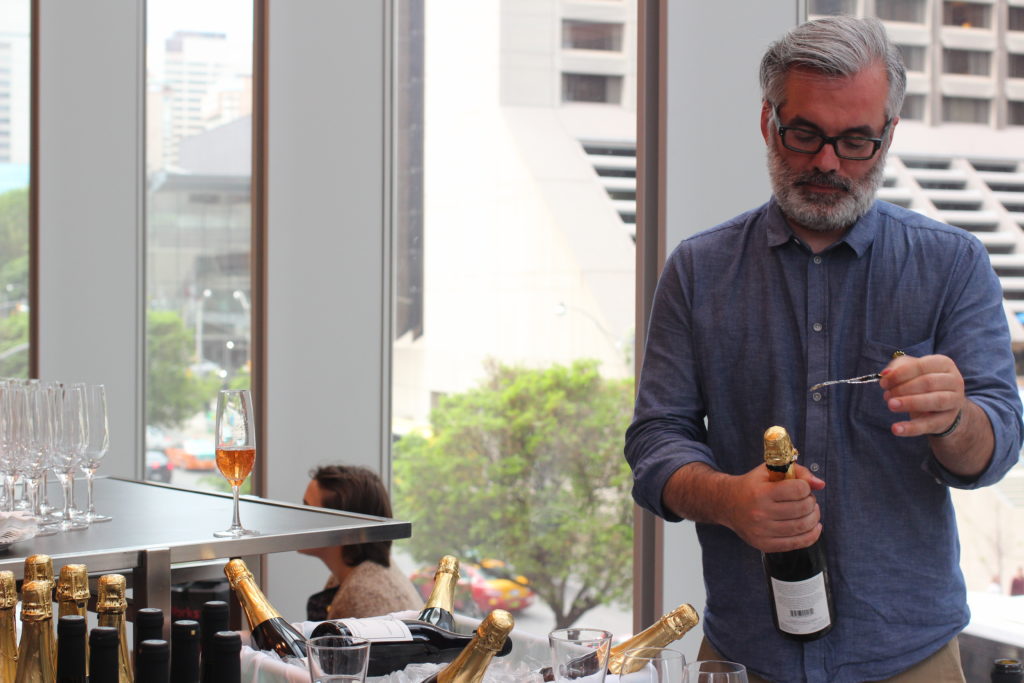
As for the future of the Canadian sparkling industry, neither Kemp nor Newman could say. “As Canadians, I hope we start to drink our own wines a little more, support our own,” said Newman. “I know some forward-thinking wineries are starting to export,” he added, but currently, not much Canadian sparkling wine is being exported. So to support the wineries, it’s important that Canadians buy most of the production to encourage the winemakers, said Kemp. “We have many wines produced in the same method that is used for Prosecco, so people should support the local wine producers, know they are getting value for their money and taste the flavour of Canada,” she said.
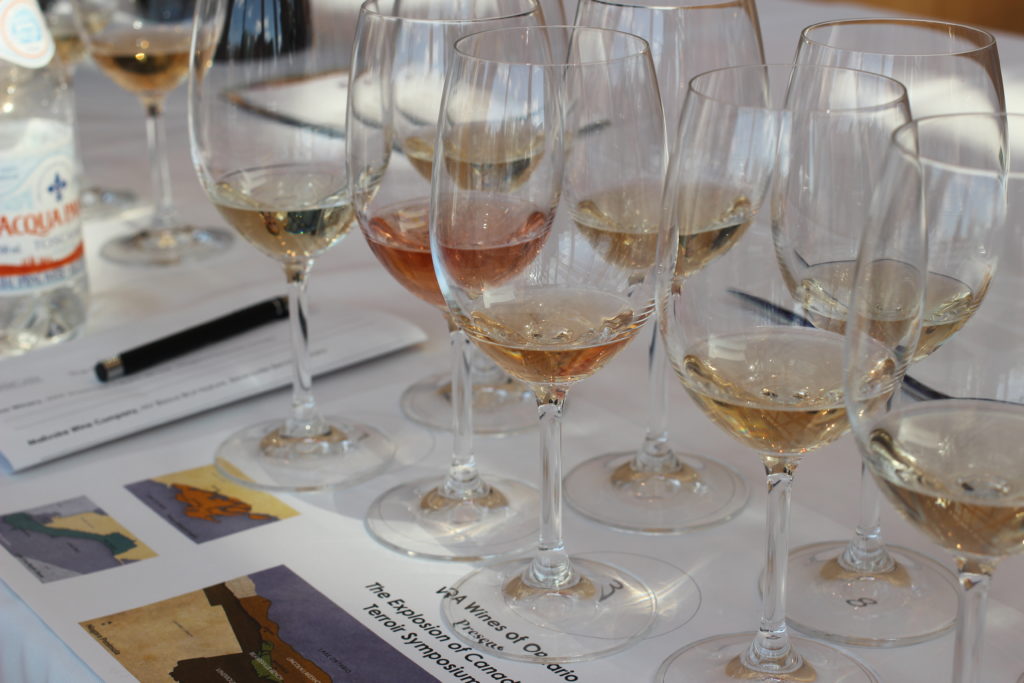 Canadian Sparkling Wine Versus France, Italy and Spain
Canadian Sparkling Wine Versus France, Italy and Spain
When asked how he feels Canadian sparkling wine compares to well-known sparklers like Champagne, Prosecco and Cava, Newman said it shouldn’t be compared. “It’s just sparkling wine from Canada. As an industry, we need to stop looking to other regions as comparisons for our own wines. We are making wine in Canada, some wines are good, some are bad,” he said. “I’d like to think I am making good sparkling wine.”
Well, we’re all rooting for you.
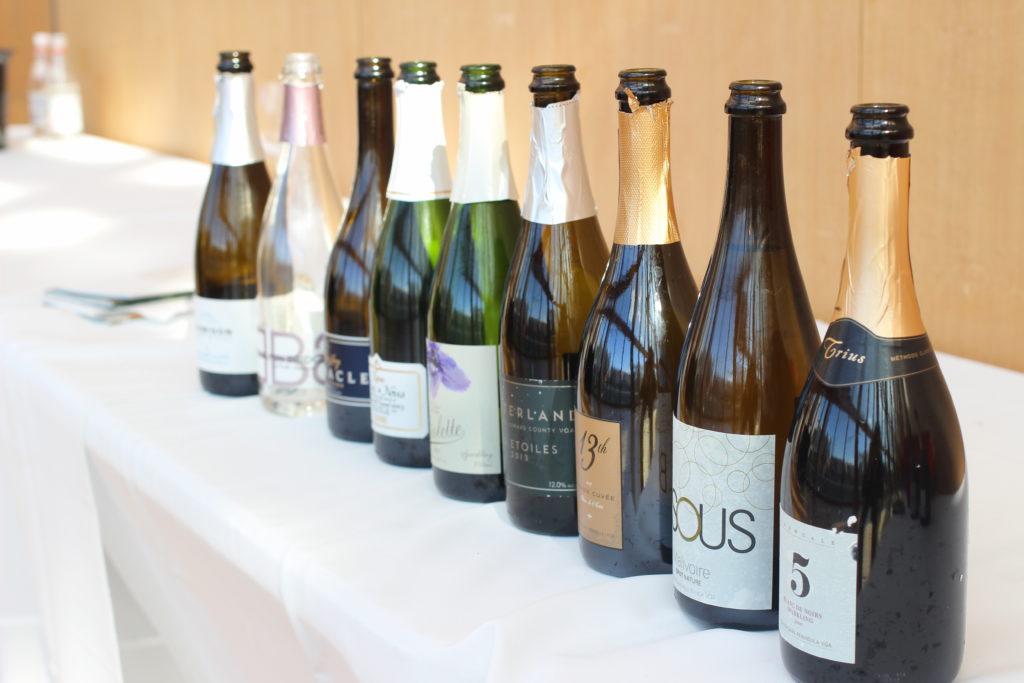
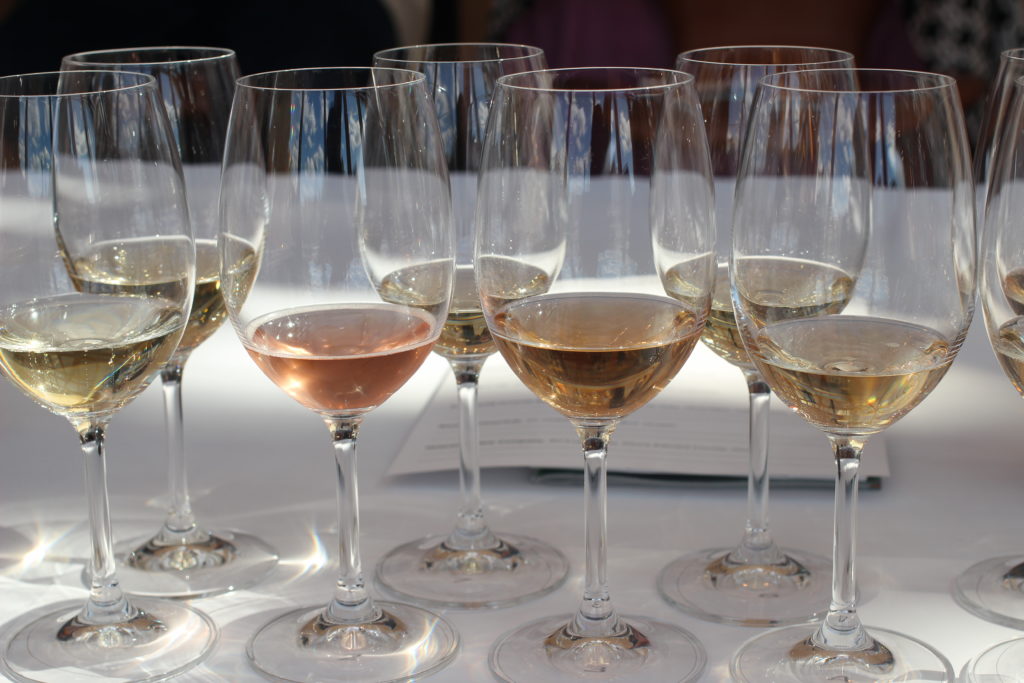
Leave a Reply